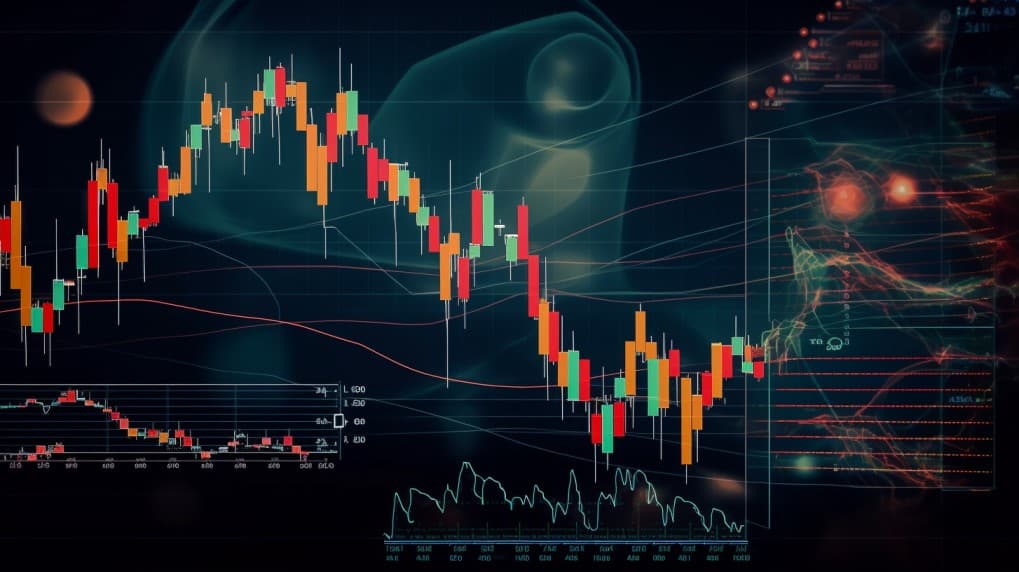
SDIV VS WDIV
Exchange-Traded Funds (ETFs) have become a cornerstone of modern investment strategies, providing investors with diversified exposure across various sectors and asset classes. In this article, we will conduct an in-depth analysis of two prominent ETFs: SDIV (Global X SuperDividend ETF) and WDIV (SPDR S&P Global Dividend ETF). We'll explore a range of essential aspects including ETF tickers, full names, issuers, sectors, top holdings, capitalization, investment strategy, tracking methods, and exposure profiles.
SDIV Vs WDIV: Overview
SDIV and WDIV are two ETFs that cater to investors seeking dividend-focused strategies. SDIV, managed by Global X Funds, focuses on companies with high dividend yields from across the globe. On the other hand, WDIV, managed by State Street Global Advisors, aims to track the performance of high-yielding global equities. This distinction in investment approach results in varying exposure and risk profiles, which we'll delve into further.
SDIV Vs WDIV: Sectors and Top Holdings
The SDIV ETF primarily encompasses a diverse range of sectors, including Real Estate, Consumer Discretionary, Utilities, and Energy. Its top holdings include companies like Peyto Exploration & Development, National Grid Plc, and AGNC Investment Corp. Conversely, WDIV focuses on sectors such as Information Technology, Consumer Staples, Financials, and Communication Services, with top holdings like Microsoft, Procter & Gamble, and AT&T. Recognizing these sectors and top holdings assists investors in selecting an ETF that aligns with their sector preferences and investment objectives.
 SDIV overlap SDIV VS WDIV
SDIV overlap SDIV VS WDIV
SDIV Vs WDIV: Capitalization and Investment Strategy
SDIV boasts a substantial Asset Under Management (AUM), indicating its popularity among income-seeking investors. Its investment strategy revolves around companies with strong dividend-paying histories. WDIV's strategy is geared towards companies that have a history of consistently growing dividends. The differences in capitalization and investment strategy contribute to distinct potential returns and risk factors that investors need to consider when making their investment choices.
SDIV Vs WDIV: Tracking Methods and Exposure
SDIV aims to provide investors with exposure to a portfolio of global companies that have a history of paying high dividends. It seeks to replicate the performance of the Solactive SuperDividend Index. On the other hand, WDIV tracks the S&P Global Dividend Aristocrats Index, which includes companies that have increased dividends every year for at least a decade. Understanding these tracking methods and exposure criteria empowers investors to make informed decisions about which ETF aligns best with their investment goals.
Conclusion
In the realm of ETF investing, SDIV and WDIV stand out as unique options for those interested in dividend-focused strategies. Whether you're intrigued by the prospect of high dividend yields from across the globe or are more drawn to companies with a history of consistent dividend growth, these ETFs offer tailored approaches. For those seeking a deeper dive into the intricacies of these financial instruments, ETF Insider provides an invaluable tool. This user-friendly app offers insights into holdings, correlations, overlaps, and a plethora of other essential information, aiding investors in making well-informed decisions.
Disclaimer: This article is intended for informational purposes only and does not offer any investment advisory services.
Sources:
Get startedFAQ
Why is SDIV better than WDIV?
SDIV may be considered better than WDIV for some investors due to its specific focus, offering diversification.
Does WDIV beat SDIV?
WDIV's performance relative to SDIV will vary over time, depending on market conditions.
Should I invest in SDIV or WDIV?
The choice between SDIV and WDIV should align with your investment goals, risk tolerance, and desired exposure.
Are SDIV and WDIV good investments?
Both SDIV and WDIV can be suitable investments depending on individual investment strategies, goals, and risk profiles.
What is the correlation between SDIV and WDIV?
The correlation between SDIV and WDIV can vary over time, reflecting differences in performance.